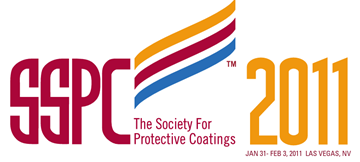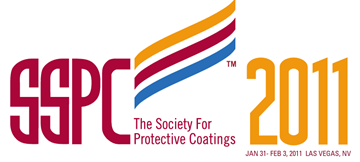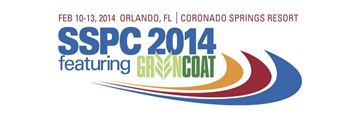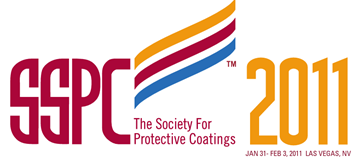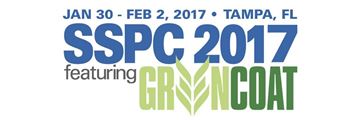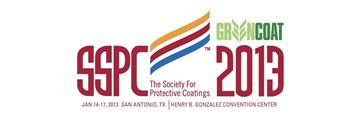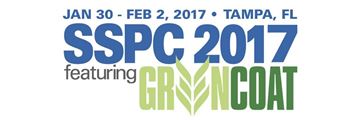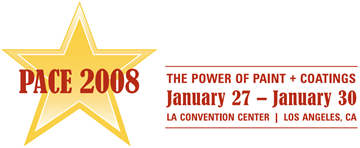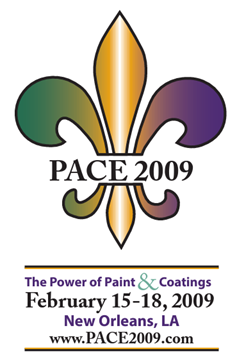Search
Products tagged with 'coating performance'
View as
Sort by
Display
per page
Red Means Go, Polysiloxane Technology on the Roosevelt Island Bridge
Product Number:
41211-632-SG
Publication Date:
2011
$20.00
Self-Stratifying Coatings - The Next Generation in Performance
Product Number:
41211-585-SG
Publication Date:
2011
$20.00
Southern Nevada Water Authority-Polyurethane Lining Evaluation and Testing
Product Number:
41211-637-SG
Publication Date:
2011
$20.00
Successful Preservation Practices for Steel Bridge Coatings
Product Number:
51217-033-SG
Publication Date:
2017
$20.00
Surface Comparison Profile - A Comparison of Measurement Methods
Product Number:
41213-731-SG
Publication Date:
2013
$20.00
The Effectiveness of Energy Efficient Coatings for Military Use
Product Number:
51217-081-SG
Publication Date:
2017
$20.00
The Evolution & Benefits of Ultra-High Solids Coatings
Product Number:
41208-453-SG
Publication Date:
2008
$20.00
The Most Recent Test Results of One-Coat Systems Applicable to Steel Bridge Structures
Product Number:
41209-492-SG
Publication Date:
2009
$20.00
The Use of VCI Inhibitors in Conjunction with or Replacement of Traditional Corrosion Inhibitors
Product Number:
51219-176-SG
Publication Date:
2019
$20.00
Traffic Bearing Coating Systems in the Parking Structure Market
Product Number:
41216-979-SG
Publication Date:
2016
$20.00
Ultra-Low VOC Waterborne Alkyd Coatings with Exceptional Corrosion Resistance
Product Number:
51216-018-SG
Publication Date:
2016
$20.00

